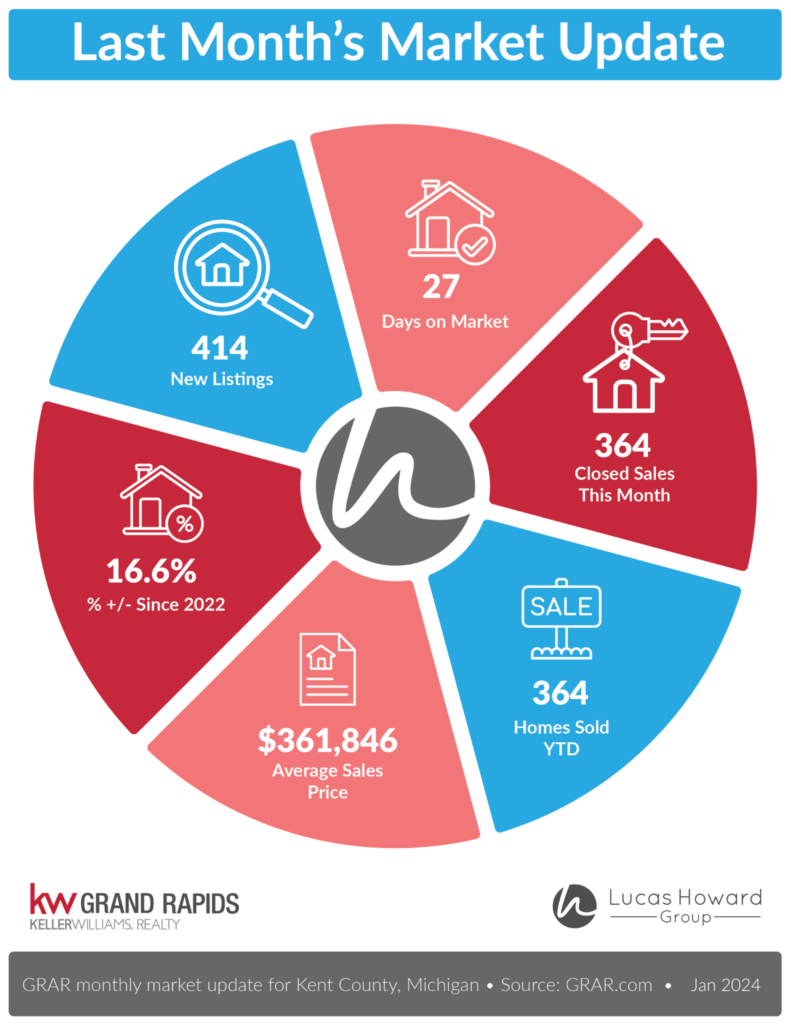Real estate listings serve as the digital displays for homes in the market, offering potential buyers a peek into a property’s offerings. A well-crafted listing can spark interest, prompt inquiries, and ultimately lead to a successful sale. Conversely, a poorly executed listing may deter potential buyers and prolong the selling process.
In this blog, we’ll explore the best practices and mistakes to avoid when creating real estate listings, covering everything from imagery and property descriptions to pricing and legal considerations. By adhering to these guidelines, you can enhance the impact of your listings and increase the likelihood of a successful sale.
The Do’s of Real Estate Listing
A. High-Quality Photography
Good photos are key for selling a house. They’re the first thing people see and can make a big difference in whether someone wants to buy it or not. Professional photos show off the house well and make it more appealing to buyers. But if the photos are bad, it can turn people away. So, having nice photos is crucial, especially since most people look for houses online nowadays.
Tips for Great Real Estate Photos:
- Hire a professional photographer specializing in real estate.
- Utilize proper lighting to showcase the property effectively.
- Capture various angles and perspectives to highlight its features.
- Ensure photos are clear, sharp, and well-composed.
If you’re in need of great photographers, we recommend Next Door Photos for your next listings.

B. Accurate Property Description
Detailed property descriptions are vital for informing potential buyers, showcasing unique features, and encouraging further interest and viewings.
Guidelines for Crafting Engaging Descriptions:
- Provide accurate details about the property’s size, layout, and amenities.
- Highlight unique selling points like updated appliances or a spacious backyard.
- Use descriptive language to evoke excitement and urgency.
- Proofread carefully for accuracy and professionalism.
Here’s a guide on how to to write a real estate listing description that sells.
C. Highlighting Key Features
Every property boasts unique selling points, be it a breathtaking view, a newly renovated kitchen, or an expansive outdoor living area. Identifying these features and showcasing them prominently in your listing is crucial to captivating potential buyers’ attention.
Strategies for Showcasing Key Features:
- Employ bullet points or bold text to highlight crucial features and draw attention effectively.
- Include photos showcasing key features like a cozy fireplace or luxurious master suite.
- Detail recent upgrades or renovations that enhance the property’s value.
- Emphasize the benefits of each feature, such as energy efficiency or low maintenance.
D. Transparency and Honesty
Transparency and honesty are vital in real estate listings. Misleading or inaccurate information can damage trust with potential buyers and harm a sale. It’s crucial to provide truthful and transparent details about the property, including any potential drawbacks or issues.
Tips for Maintaining Transparency:
- Be upfront about any known issues or defects with the property by disclosing them transparently.
- Be honest about the property’s condition and any necessary repairs or renovations.
- Provide accurate information about the neighborhood, including nearby amenities and attractions.
- Answer any questions from potential buyers honestly and openly.

E. Utilizing Multiple Platforms
To maximize exposure and reach a broader audience, list the property on multiple platforms. Besides traditional real estate websites, leverage social media, online classifieds, and other digital channels to showcase the property to potential buyers.
Read more here on how you can maximize your property listings using multiple social media channels.
The Don’ts of Real Estate Listing
A. Low-Quality Imagery
High-quality photography can enhance a listing, while low-quality imagery can detract from it. Blurry, poorly composed photos can make a property appear unappealing and unprofessional, turning off potential buyers before they even have a chance to see the property in person.
Common Mistakes to Avoid:
- Using low-resolution images that appear pixelated or blurry.
- Including photos with poor lighting or unflattering angles.
- Failure to disclose known property issues or defects.
- Relying solely on amateur smartphone photos instead of professional photography.
Investing in professional photography is essential for creating visually appealing listings that capture the attention of potential buyers.

B. Misleading Information
Misleading or inaccurate information can undermine trust with potential buyers and damage your credibility as a seller. It’s crucial to be honest and upfront about the property’s condition, features, and pricing to avoid any misunderstandings or legal issues down the line.
Examples of Misleading Practices:
- Overstating the size or condition of the property in the listing description.
- Neglecting to disclose known issues or defects with the property.
- Misrepresenting the property’s amenities or features to enhance its appeal.
- Employing misleading language or imagery to create false expectations.
By offering precise and transparent information, you can establish trust with potential buyers and enhance the chances of a successful sale.
C. Overpricing the Property
Setting the correct price for the property is essential to attract potential buyers and maximize its selling potential. Overpricing can deter buyers and prolong the selling process, while underpricing may lead to missed opportunities for maximizing profit.
Tips for Accurate Pricing:
- Conduct a comparative market analysis to determine the property’s market value.
- Take into account factors like location, condition, and recent sales of similar properties.
- Be realistic and avoid setting an inflated asking price.
- Seek guidance from a real estate agent or appraiser for professional advice on pricing.
By pricing the property accurately, you can attract serious buyers and improve the chances of a successful sale.
If you need more information on how you can price your home right, read more here.
D. Neglecting Property Maintenance
A well-maintained property is more appealing to potential buyers and can fetch a higher selling price. Neglecting maintenance tasks like repairs, cleaning, and landscaping can diminish the property’s attractiveness and make it less appealing to buyers.
Importance of Property Maintenance:
- Address any needed repairs or updates before listing to present the property in its best condition.
- Ensure the property is clean, organized, and free of clutter to make a favorable impression.
- Maintain landscaping to boost curb appeal and create a positive first impression.
- Consider staging the property to highlight its potential and help buyers envision themselves living there.
By investing time and effort into property maintenance, you can enhance the property’s overall appeal and boost its chances of selling quickly and for top dollar.

E. Ignoring Legal Requirements
Real estate listings are subject to numerous legal requirements and regulations. Failing to comply can lead to legal issues and liabilities. It’s crucial to understand the applicable laws and regulations governing real estate transactions in your area and ensure that your listings adhere to them.
Legal Considerations:
- Disclosures: Be mindful of legal disclosures required by law, like lead paint or property defect disclosures.
- Fair Housing Laws: Ensure your listings adhere to fair housing laws, avoiding discrimination against protected classes.
- Contractual Obligations: Understand any contractual obligations, such as exclusivity agreements or commission arrangements.
- Local Regulations: Familiarize yourself with local regulations or zoning laws that could affect the property or its use.
Staying informed about legal requirements and ensuring your listings comply can help you avoid potential legal issues and protect yourself from liabilities.

Creating effective real estate listings demands careful attention to detail and a thorough understanding of best practices. By adhering to the do’s and don’ts outlined in this blog, you can enhance your listings’ effectiveness and increase your chances of a successful sale. Whether you’re an experienced real estate professional or a homeowner aiming to sell, integrating these guidelines into your listing strategy can attract more potential buyers and yield better results in the real estate market.
Remember, a well-crafted listing can be the key to selling a property quickly and for the best possible price. By investing time and effort into crafting compelling listings that highlight the property’s unique features and appeal to potential buyers, you can maximize your chances of success in today’s competitive real estate market.
Leave a Reply